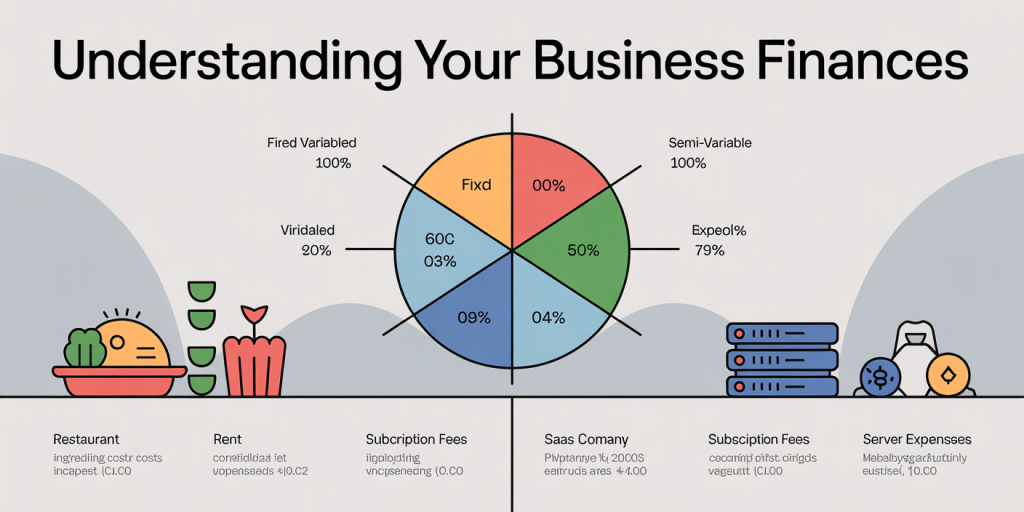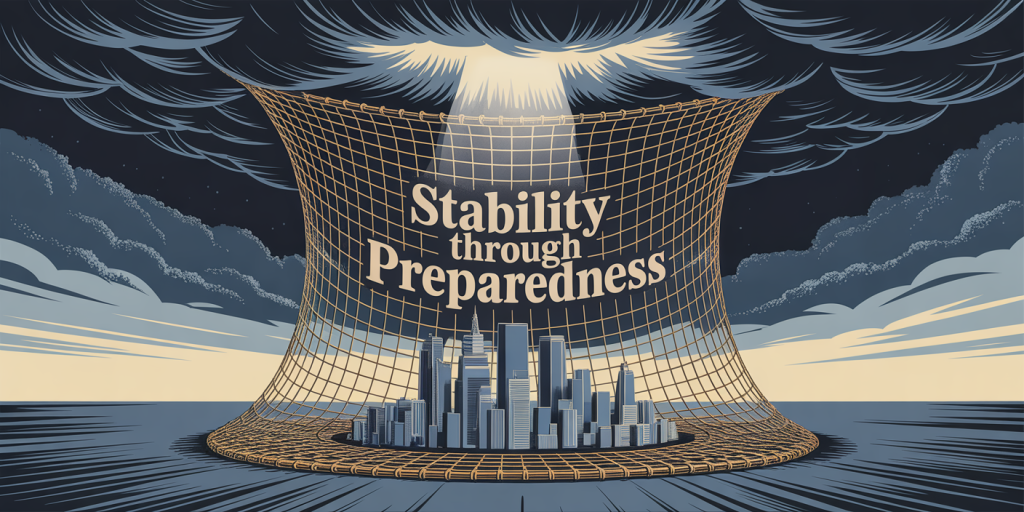Creating a business budget that truly works requires careful planning, strategic insight, and ongoing monitoring. A well-constructed budget enables business owners to allocate resources effectively, maintain financial health, and achieve long-term goals. However, many small and medium enterprises struggle with budget setup due to lack of clarity or inadequate tools, which can lead to cash flow problems and missed growth opportunities. According to a 2023 survey by QuickBooks, 60% of small business owners admitted to lacking a formal budgeting process, underscoring the widespread need for practical budgeting guidance.
This article will guide you through the essential steps to create a robust business budget, incorporating real-world examples and data-backed strategies. By the end, you’ll be equipped to establish a budget framework that supports financial stability and scalable success.
Understanding the Foundations of a Business Budget
Before diving into numbers and spreadsheets, it’s critical to understand what a business budget entails. Essentially, a business budget is a financial plan that estimates revenue and expenses over a specific period, usually monthly or annually. It functions as a roadmap, helping companies forecast cash flow, prioritize spending, and measure performance against financial goals.
Consider the example of a boutique marketing agency in Austin, Texas. In 2022, they lacked a clear budget, which led to overspending on marketing campaigns and insufficient funds for staff salaries. Once they implemented a structured budgeting approach—breaking down income streams and categorizing costs—the agency was able to optimize expenditures and improve profit margins by 15% within six months.
Setting a budget without basing it on accurate, up-to-date financial data is a common pitfall. Therefore, reviewing past financial statements, tax returns, and sales reports is a crucial first step. This historical context provides a realistic benchmark for projecting future performance.
Categorizing Income and Expenses for Clarity
A major component of an effective budget is organizing all revenue and expense categories systematically. This ensures full visibility into the business’s financial flows and identifies areas needing adjustment.
Income Categorization
Business income may come from various sources: product sales, service fees, rental income, royalties, or subscriptions. Accurately segmenting these streams allows better forecasting and pairing with related expenses. For instance, a SaaS company with subscription tiers can analyze revenue trends per tier and allocate marketing funds accordingly.
Expense Classification
Expenses generally fall into fixed, variable, and semi-variable categories: Fixed Costs: These remain consistent regardless of output, such as rent, salaries, and utilities. Variable Costs: These fluctuate with business activity, like raw materials or sales commissions. Semi-variable Costs: Costs that include fixed and variable elements, such as electricity bills with basic fees plus usage charges.

A restaurant provides a practical example. Fixed costs include lease payments and full-time staff wages, whereas food ingredient costs vary with customer volume. By tracking these distinctions, the restaurant manager can identify which expenses scale with revenue and which require stringent control during slow periods.
| Expense Type | Example | Impact on Budgeting |
|---|---|---|
| Fixed | Office rent, salaries | Predictable, easier to plan for long-term |
| Variable | Raw materials, utilities | Fluctuate, require regular monitoring |
| Semi-variable | Phone bills, repair work | Partially fixed; analyze trends to optimize |
Breaking expenses down in this manner highlights where flexibility exists and helps prevent overspending in variable categories.
Leveraging Technology and Tools for Budget Accuracy
In the digital era, numerous software options can improve budgeting accuracy and ease of management. According to Gartner, 73% of businesses enhanced budgeting efficiency by adopting automated financial software.

Examples of popular budgeting tools include QuickBooks, Wave, and Xero. These platforms offer features like: Automated transaction importing Real-time expense tracking Customizable budget templates Financial forecasting and reporting
For instance, a freelance graphic designer using QuickBooks can automatically categorize invoices and expenses, receive alerts about overspending, and generate monthly budget reports. This automation reduces human error and saves hours of manual work.
Meanwhile, larger enterprises often combine budgeting software with enterprise resource planning (ERP) systems to integrate budgeting with procurement, payroll, and inventory management, providing a holistic financial view.
Implementing a Realistic Contingency Plan
No budget is immune to unexpected fluctuations like market downturns, supply chain disruptions, or sudden costs. Therefore, incorporating contingency funds into your budget provides a safety net.

A business consulting firm could allocate 5-10% of its operational budget to a contingency reserve for unforeseen legal fees, emergency marketing campaigns, or equipment repairs. This approach proved vital during the COVID-19 pandemic when many companies faced abrupt operational changes. According to the Small Business Administration, 39% of small businesses without emergency funds closed permanently during the crisis, highlighting the critical importance of contingencies.
Contingency planning involves: Reviewing historical volatility of income and expenses Estimating likely unexpected costs Setting aside reserve funds proportionate to risk levels
Having a designated contingency allocation prevents disruption of core operations and keeps financial goals on track even under adverse conditions.
Monitoring, Reviewing, and Adjusting the Budget Regularly
Establishing your budget is just the beginning. Consistent review and adjustment are fundamental to ensure it remains effective in changing business environments.
Monthly or quarterly reviews can compare actual performance against budgeted figures. Variances should be analyzed—whether positive or negative—to understand causes and adjust accordingly.
For example, a retail boutique might discover that online sales far exceed in-store sales by 20%, prompting an increase in digital marketing budget and inventory allocation for e-commerce. Conversely, if expenses in a category spike unexpectedly, the business should investigate and implement corrective measures swiftly.
Key performance indicators (KPIs) such as gross profit margin, operating cash flow, and expense ratios should be evaluated alongside the budget to inform management decisions.
| KPI | Description | Target (Example) |
|---|---|---|
| Gross Profit Margin | Revenue minus cost of goods sold | 40%-50% |
| Operating Cash Flow | Cash generated from core business ops | Positive cash flow |
| Expense Ratio | Expenses as a percentage of revenue | Below 70% |
Consistent monitoring cultivates financial discipline, fosters informed strategy tweaks, and ultimately enhances profitability and resilience.
Future Perspectives: Keeping Your Business Budget Agile in a Dynamic Economy
The global business landscape is rapidly evolving with technological innovation, globalization, and shifting consumer preferences. In this environment, maintaining a flexible and agile budgeting approach is crucial.
Businesses should integrate scenario planning into budgeting—developing multiple budget versions based on optimistic, pessimistic, and most likely cases. This strategy enables companies to pivot quickly in response to external shocks such as inflation spikes or supply shortages.
Furthermore, artificial intelligence (AI) and machine learning are increasingly incorporated into budgeting tools to provide predictive analytics and trend identification. A PwC report predicts that by 2025, AI-driven budgeting systems will enhance forecast accuracy by up to 30%, empowering companies with deeper insights and proactive financial controls.
Sustainability considerations are also becoming integral. Firms are budgeting for environmental compliance, social responsibility, and governance (ESG) initiatives, reflecting customer and investor demand for ethical practices.
As a practical example, Unilever has embedded sustainability goals within its budgeting process, committing to reducing carbon emissions while maintaining profitability—a blueprint for balancing economic and social priorities.
Ultimately, setting up a business budget that works means creating a framework that is not only accurate and informative but also adaptable to future challenges and opportunities. This proactive mindset ensures your business remains financially sound and competitive in an ever-changing marketplace.
By understanding foundational principles, categorizing finances clearly, leveraging technology, planning for contingencies, and committing to regular review, business owners can establish effective budgets that foster stability and growth. Embracing future trends such as AI and sustainable budgeting will further empower companies to thrive amid uncertainty, turning budgets from restrictive ledgers into strategic assets.

Deixe um comentário